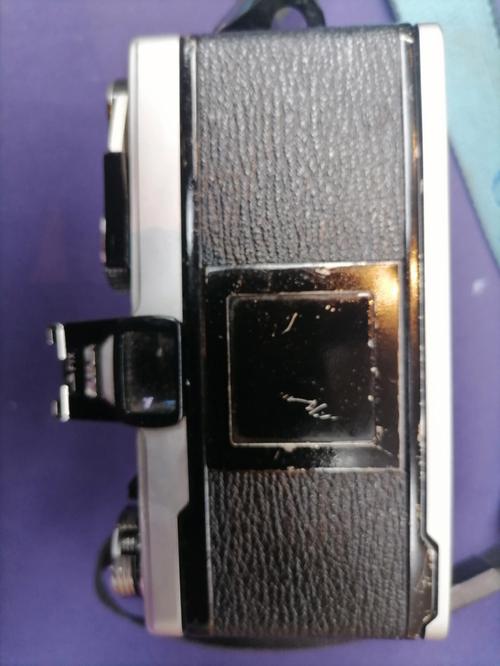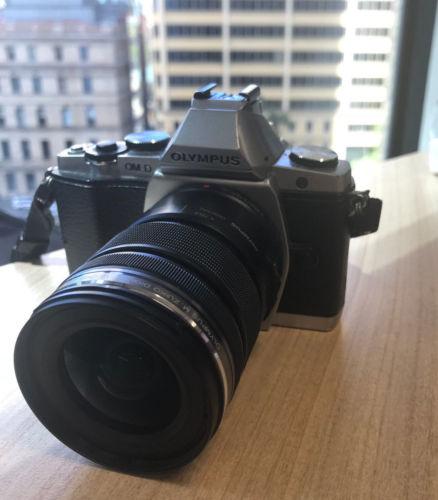Olympus OM-D Digital Camera: A Comprehensive Guide
The Olympus OM-D digital camera series has been a staple in the photography world for several years, known for its compact size, advanced features, and stunning image quality. Whether you’re a professional photographer or an enthusiast, the OM-D series offers a range of models that cater to different needs and preferences. In this article, we will delve into the details of the Olympus OM-D digital camera, exploring its design, specifications, features, and performance.
Design and Build Quality
The Olympus OM-D cameras are renowned for their sleek and modern design. The body is made of magnesium alloy, which provides durability and a solid feel. The cameras are also weather-sealed, making them suitable for outdoor photography in various conditions. The ergonomic design ensures a comfortable grip, and the controls are well-placed for easy access.

One of the standout features of the OM-D series is the tilting touchscreen, which allows for flexible shooting angles. This is particularly useful for selfies, vlogging, and low-angle shots. The cameras also come with a built-in flash, which can be popped up manually or automatically when needed.
specifications
Here’s a breakdown of the key specifications of the Olympus OM-D digital camera series:
| Model | Image Sensor | Resolution | Viewfinder | Shutter Speed |
|---|---|---|---|---|
| Olympus OM-D E-M10 Mark III | 20.4MP Live MOS | 5184 x 3888 pixels | Electronic viewfinder (EVF) | 1/8000 to 60 seconds |
| Olympus OM-D E-M1 Mark III | 20.4MP Live MOS | 5184 x 3888 pixels | Electronic viewfinder (EVF) | 1/8000 to 60 seconds |
| Olympus OM-D E-M5 Mark III | 20.4MP Live MOS | 5184 x 3888 pixels | Electronic viewfinder (EVF) | 1/8000 to 60 seconds |
These specifications highlight the high-resolution sensors, fast shutter speeds, and electronic viewfinders that are common across the OM-D series. The cameras also offer a variety of shooting modes, including aperture priority, shutter priority, manual, and program auto, to suit different photography styles.
Features
The Olympus OM-D digital cameras are packed with features that make them versatile and user-friendly. Here are some of the key features:

- 5-axis Image Stabilization: This feature helps reduce camera shake, resulting in sharper images and videos, especially in low-light conditions.
- High-Speed Continuous Shooting: The cameras can capture up to 60 frames per second, making them ideal for capturing fast-moving subjects.
- 4K Video Recording: The OM-D series offers 4K video recording at 30 frames per second, allowing for high-quality video production.
- Wi-Fi and Bluetooth Connectivity: The cameras can be connected to smartphones and tablets for easy sharing and remote control.
- Art Filters: The OM-D series includes a variety of artistic filters that can be applied to images and videos for a unique look.
Performance
The Olympus OM-D digital cameras have consistently received high praise for their image quality. The high-resolution sensors, combined with the camera’s advanced processing capabilities, result in detailed and vibrant images. The cameras also perform well in low-light conditions, thanks to their high ISO sensitivity and noise reduction technology.
When it comes to video recording, the OM-D series delivers smooth and high-quality footage. The 4K video recording capability is particularly impressive, allowing for detailed and cinematic results. The built-in microphone captures clear audio, but external microphones can be used for even better sound quality.
Conclusion
The Olympus OM-D




